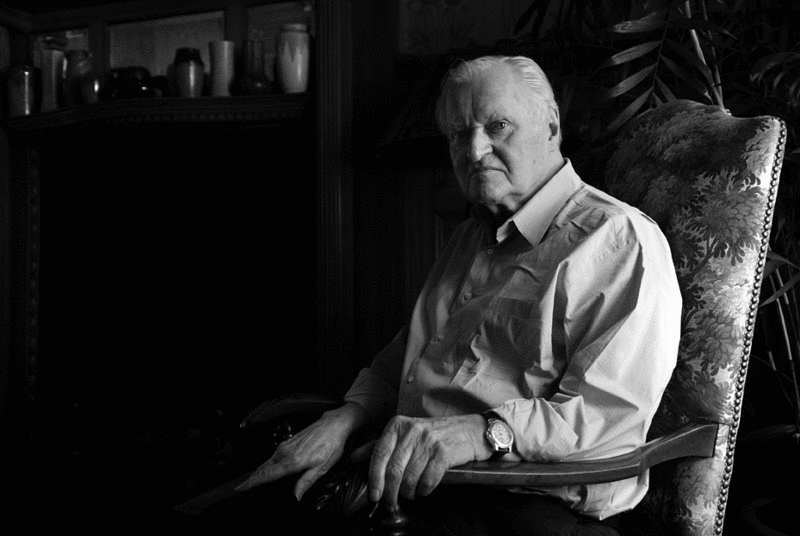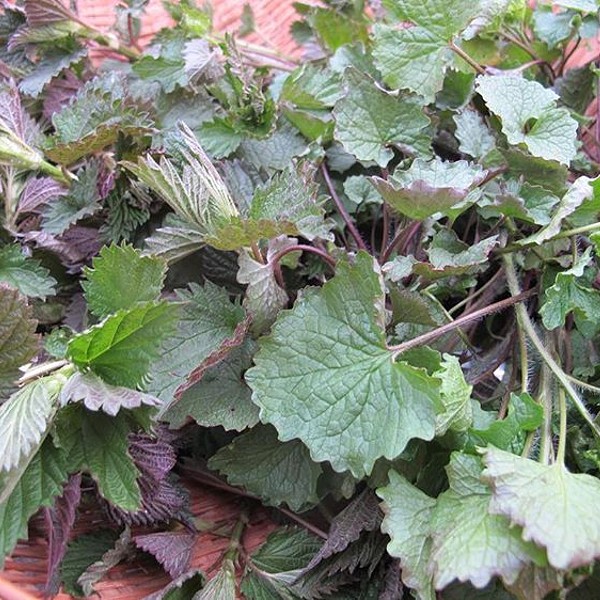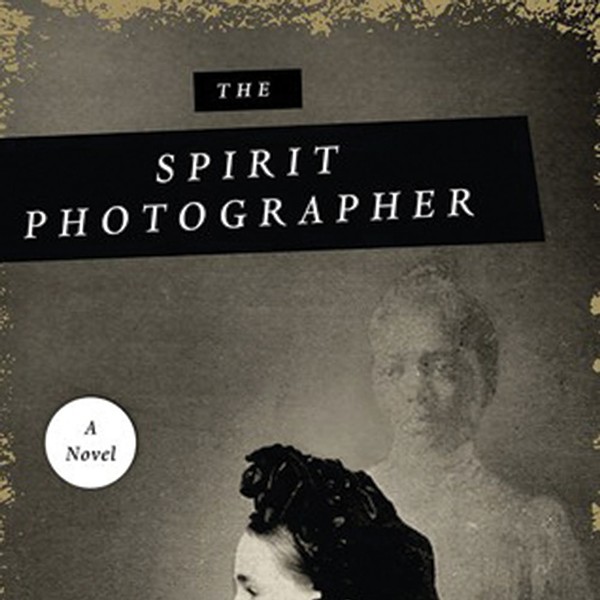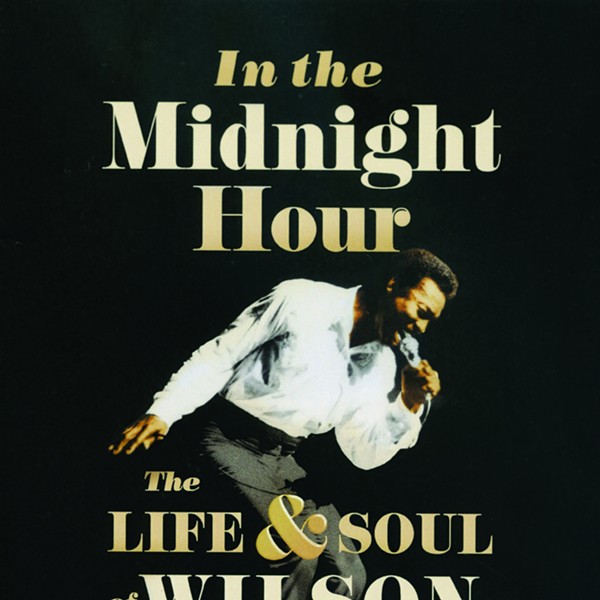Attention, shoppers.” This may not be the opening gambit most readers expect from a poet who’s won every major award in the pantheon, but John Ashbery often defies expectations: These K-Mart tinged words launch his poem “Wolf Ridge.”
There are few laudatory adjectives that critics haven’t applied to Ashbery’s 26 books of poetry; “dazzling,” “sublime,” and the like become shopworn. His 1975 Self-Portrait in a Convex Mirror won an unprecedented triple crown, garnering the National Book Award, the National Book Critics Circle Prize, and the Pulitzer. This September, Bard College hosted a celebration honoring the poet’s 80th birthday, drawing such overflow crowds for three days of panel discussions and readings that practically every event was moved into a larger venue.
This month, Ecco will release Notes from the Air: Selected Later Poems, and the literary magazine Conjunctions will devote some 150 pages of its 49th issue to Ashbery and his work. “John has been a contributor and dear friend for almost as long as Conjunctions has been going,” says editor Bradford Morrow. “I’ll never forget the exceptionally moving first lines of the first poem he ever sent me for publication—‘To have been loved once by someone—surely / There is a permanent good in that.’ He’s a colleague at Bard and, to my mind, the most influential, important poet alive. His poetry investigates voice and what can be voiced in its every gesture. It soars, shimmers, and bristles with both street smarts and hieratic wisdom.”
Ashbery divides his time between a Manhattan apartment and a magisterial Victorian home in Columbia County. His partner of 37 years, David Kermani, a slight, dark-haired man with a seemingly permanent smile, opens the door to an alternate universe. He ushers his guests through the oak-paneled entryway, past a huge stained-glass window of striking amber and butterscotch hues, and into a formal dining room lined with deeply textured maroon wallpaper. Like the woodwork, beveled mirrors, and tile fireplaces, it’s original to the house. The careful arrangements of porcelain geishas, trompe l’oeil plates, Little Orphan Annie teacups, and the like are pure Ashbery.
The eclectic mix of architectural classicism and vintage curios mirrors the juxtapositions of high and low diction in Ashbery’s poems. The late Jim Ryan, curator of nearby Olana, once told Kermani, “Someday this house is going to be seen as a major work by John Ashbery.” Kermani ran with the concept, publishing an essay called “In Context: ‘Created Spaces’ as a New Resource in Ashbery Studies” in LIT magazine, in which he described these live-in collages as “a kind of physical poetry.”
“Of course, John won’t say any of this is conscious, just the way he won’t discuss the meaning of his poems. He’ll just tell you he wants to provide a congenial atmosphere for himself,” Kermani says, leading the way through a butler’s pantry with a well-stocked bar and into the kitchen. This room is distinctly unmuseumlike: Its center table is piled high with junk mail and newspapers, and there’s a microwave oven squatting on top of a coal stove. In front of it stands the poet, in his stocking feet. If he’s surprised to be so interrupted, he covers it gracefully.
Ashbery is a large man, with a handsome, square face and a corona of silky white hair. He’s wearing a light-blue shirt that brings out the tint of his eyes. He walks with some stiffness, but when he speaks, his gentle, mellifluous voice is that of a much younger man.
Ashbery settles into a favorite upholstered chair in the parlor, with antimacassars on both arms. He and Kermani bought some of the house’s original furniture from the former owners when they took possession in 1978. “Just from having sat in the same place for 80 years, it has a kind of authority,” he says, flashing a gap-toothed smile. Is he alluding to his own recent 80th birthday? Ashbery certainly exudes authority, but no one would accuse him of remaining in the same place.
Born in Rochester, he studied at Harvard and Columbia, then spent a decade in Paris, where he worked as a translator (sometimes under the nom de plume Jonas Berry) and wrote about art for the International Herald Tribune. He also wrote poems, in fits and starts. In 1956, his collection Some Trees was selected by W. H. Auden for the Yale Younger Poets Series.
Ashbery and his peers, including Frank O’Hara, Kenneth Koch, and James Schuyler, were dubbed the New York School of poets. “We didn’t think of ourselves as a school,” he insists. “We were a group of friends who wrote largely for each other, since we didn’t have any other audience and didn’t expect to.” Gallery owner and publisher John Myers chose the label, hoping the luster of New York School painters Jackson Pollock and Willem de Kooning would shine on “his poets.”

















